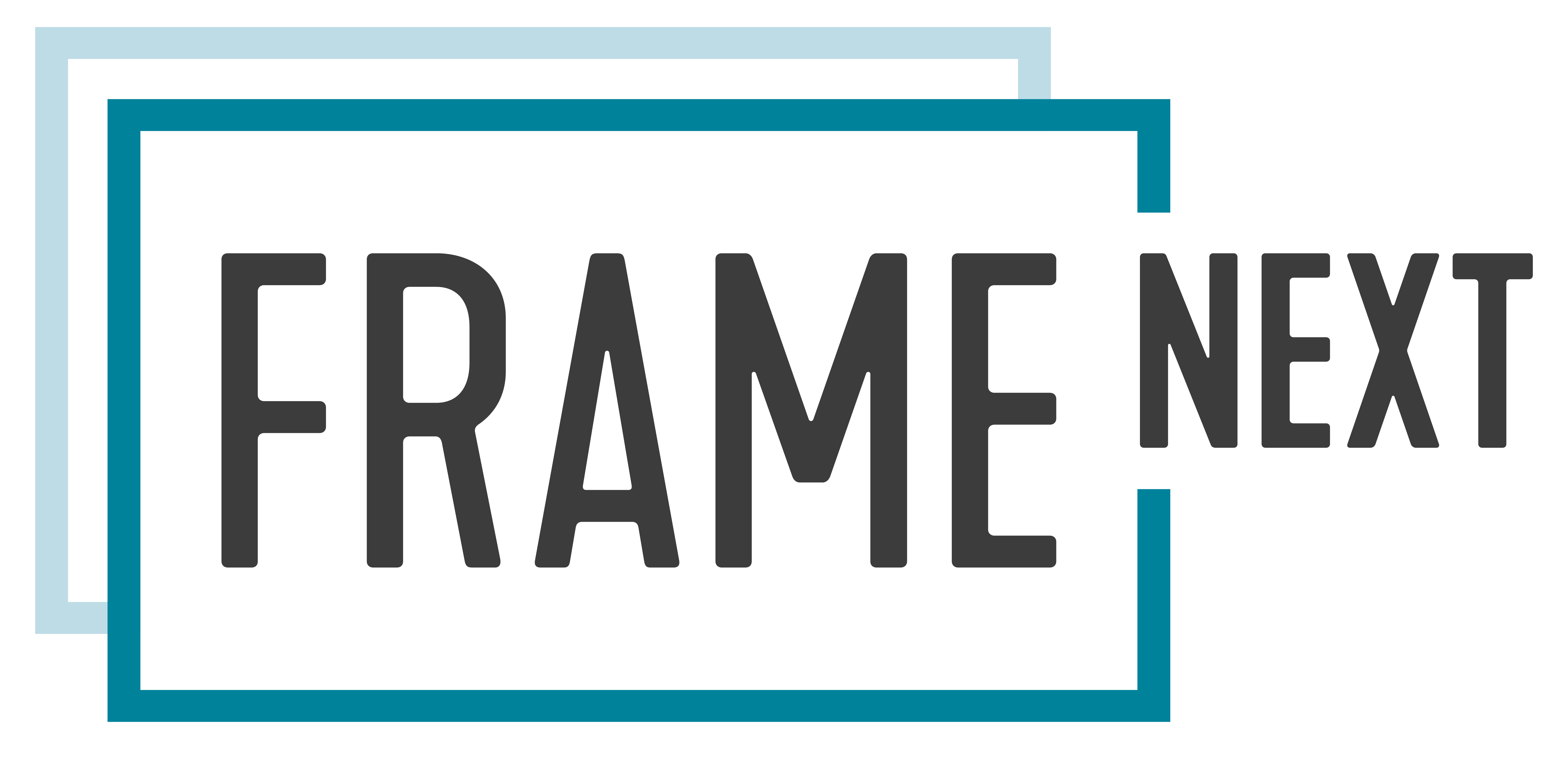The FRAME Architecture (originally called the European ITS Framework Architecture) was developed as a result of recommendations from the High Level Groupon transport telematics, which were supported by a resolution of the Council of Ministers. It was created and first published by the EC funded project KAREN in October 2000. The underlying aim of this initiative was to promote the deployment of (mainly road-based) ITS in Europe by producing a framework which would provide a systematic basis for planning ITS implementations, facilitate their integration when multiple systems were to be deployed, and help to ensure inter-operability, including across European borders.
A distinctive feature of the FRAME Architecture is that it is designed to have sub-sets created from it, and is thus unlikely to be used in its entirety. Indeed, on occasions, it contains more than one way of performing a service and the user can select the most appropriate set of functionality to deliver it in that environment. Thus the FRAME Architecture is not so much a model of integrated ITS, as a framework from which specific models of integrated ITS can be created in a systematic and common manner.
The FRAME Architecture now covers the following areas of ITS:
- Electronic Fee Collection
- Emergency Notification and Response – Roadside and In-Vehicle Notification
- Traffic Management – Urban, Inter-Urban, Parking, Tunnels and Bridges, Maintenance and Simulation, together with the Management of Incidents, Road Vehicle Based Pollution and the Demand for Road Use
- Public Transport Management – Schedules, Fares, On-Demand Services, Fleet and Driver Management
- In-Vehicle Systems – includes some Cooperative Systems
- Traveller Assistance – Pre-Journey and On-Trip Planning, Travel Information
- Support for Law Enforcement
- Freight and Fleet Management
- Provide Support for Cooperative Systems – specific services not included elsewhere, e.g. bus lane use, freight vehicle parking
- Multi-modal interfaces – links to other modes when required, e.g. travel information, multi-modal crossing management
Because the FRAME Architecture is intended for use within the European Union it conforms to the precepts of subsidiarity, and thus does not mandate any physical or organisational structure on a Member State. It comprises only a set of User Needs which describe what ITS can provide, and a Functional View showing how it can be done. The Methodology, which is supported by computer-based tools, assists the creation of logically consistent sub-sets of the FRAME Architecture Functional View, and the creation of subsequent Physical Views.
More Information could be find here http://frame-online.eu/
